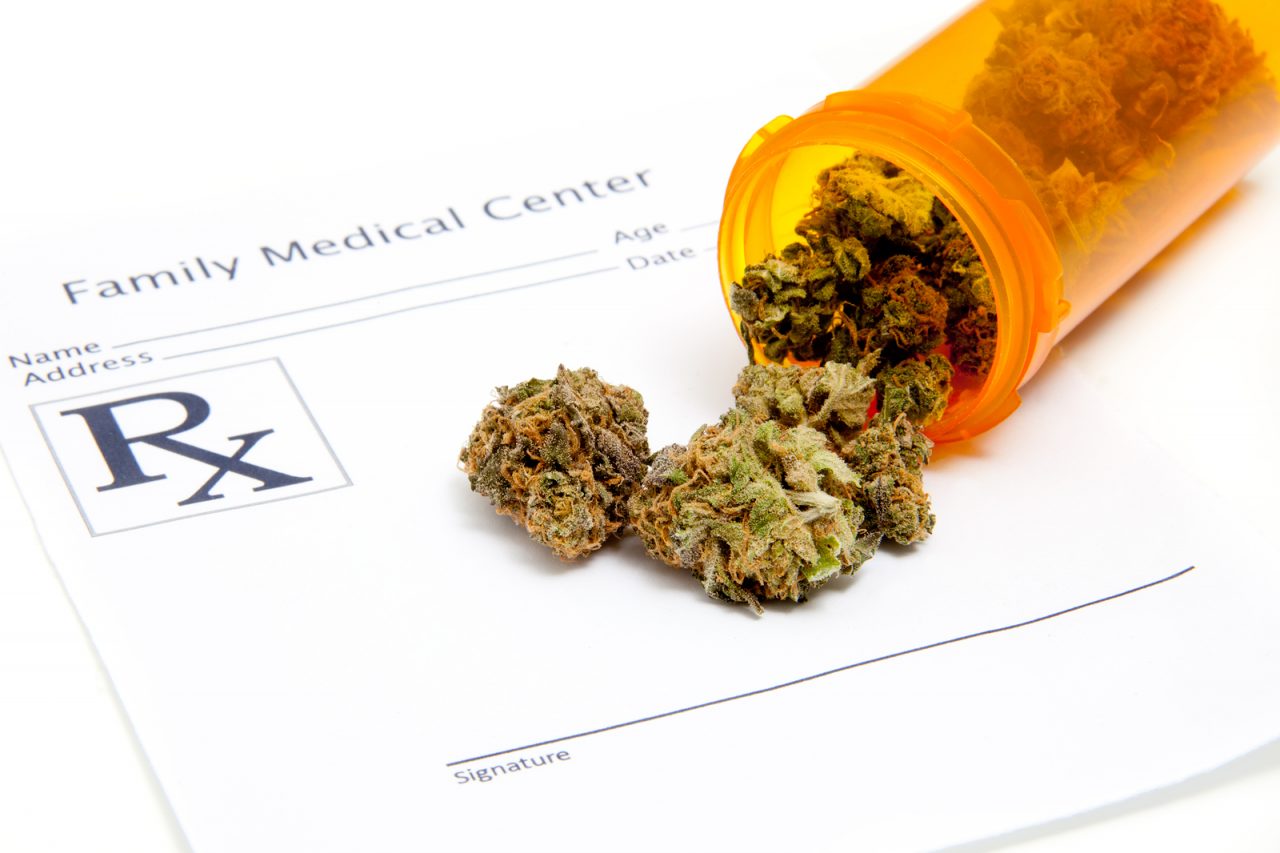The holidays can be tough in an oncology office. While there is hope and victory, there is also struggle and the reminder of loss. New challenge collides with old memories. Add the recent trauma of a hurricane and many are exhausted and sad. Still, in my experience, patients are tough, resilient and able to see the sunlight in a grey sky. It is still a time of warmth, sharing and laughter. Therefore, with the goal of making the holiday a little easier and perhaps a little lighter, I present the following poorly researched, never before published and frankly ridiculous Thanksgiving “facts.”:
- Many people do not realize that the holiday bird was not supposed to be named “turkey,” after a country in the Middle East. The original name was “Uzbekistan”, but confusion with the application process lead to the switch. This resulted in a formal protest by the Ambassador from Istanbul, who did not want their country associated with a large, ugly, flightless bird. As a compromise the name of the childhood disease with spots was changed from turkey to chickenpox.
- Turkey was not served until the second fall feast. At the first celebration, Spam was the main course. However, in 1621, that marvelous flavor was not a hit (and the absence of can openers). Out of deference to the Pilgrims, this delicacy was not served again for 400 years. Seeking local culinary advice, the settlers invited Native Americans to bring their favorite dish to the second Thanksgiving celebration. At the time the Indians were experimenting with turkey as a general anesthetic and, hoping to leave the party without sitting through 6 or 7 hours of college football, they presented the L-tryptophan soaked bird.
- From the start turkey was a remarkably dry food made worse by roasting it over an open fire for several days. In a critical 1823 development, gravy was invented. However, no matter how many packets of powder one sprinkled on the meat, it did not seem to add moisture. Countless thousands were hospitalized with deadly “Diner’s Dehydration.” It was not until 1877 when President U.S. Grant, who was known to add liquid to any dish, showered his turkey with beer, that the first pourable gravy was born.
- The original recipes for cooking turkey consisted of filling the inside of the bird with its own feathers, called “pillow” or “mattress” stuffing, which after eating gave real meaning to the term “feeling stuffed.” The lack of broad popularity for roasted quill resulted in a switch to filling the turkey with Hersey’s chocolate kisses. However, this was revolting and tiny pieces of foil caught in everyone’s teeth. Kisses were moved to Valentines Day where they were exchanged for cranberry sauce, which while the right color for that holiday, made a terrible mess when given in a heart shaped cardboard box. Cooks starting using bread and oysters as stuffing hoping that the aphrodisiac effect of the latter would improve the summer’s harvest.
- In 1903, chefs began basting the outside of the turkey during cooking. The remarkable success of this technique in making turkey skin moist and youthful appearing, resulted to a whole line of anti-aging skin treatments. The first such products were made from boiling chicken broth and sold with the slogan, “look young, feel the burn.”
- Mashed potatoes were created first during the White House Thanksgiving of 1782 when President George Washington lost his wooden teeth and wanted to partake of holiday cheer. Other soft foods were served at that executive dinner including liquid green beans, purred turkey and bread soaked in ice water, but did not gain similar popularity. An important historical factoid is that President Washington did not say anything about cutting down a tree. The actual statement, also said on Thanksgiving, was ‘Martha, can’t you tell I can not just lie, bring me a piece of that cherry pie.” The confusion is with translation from the original Greek.
- In November of each year, American’s consumption of turkey decreases the bird population by 99.32%. One of the benefits of this reduction is a great improvement in vehicle safety. As every schoolboy knows, Karl Drais Von Sauerbronn who invented the bicycle in 1818, famously said, “If this thing is going work we need two things. First, get that guy Goodyear to make smaller tires and second, do something about all those turkeys running around, by gosh they are everywhere.” Thus, in the USA bicycle verses turkey accidents are quite rare, while sadly in Sauerbronn’s own nation, which never really adapted the whole Thanksgiving event, big bird-bike collisions are a continued cause of untold suffering.
- Sadly for all this wonderful history, the era of the Thanksgiving turkey may be ending. Recently, scientists studying the melting of glaciers and polar caps have discovered within the ice thousands of frozen turkeys (mainly Butterball, low sodium). We now understand that for tens of millions of years as the earth went through its normal cooling cycles, the world’s turkeys would be frozen. It has been calculated that when 99.32% of the global gobbler population are on ice, that the world again begins to warm. A coincidence? Not likely. Whether it is the decrease in the turkey population or the act of freezing millions of birds itself that warms the earth is unknown, but the conclusion is unavoidable. Turkey eating is the cause of global warming.
From my family to yours, may your Thanksgiving be one of peace, love and merriment. Spam anyone?







Comment